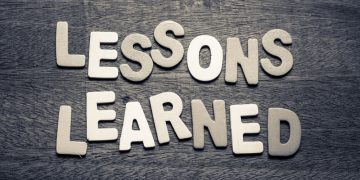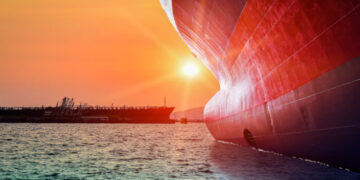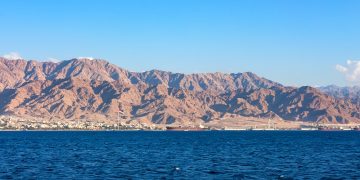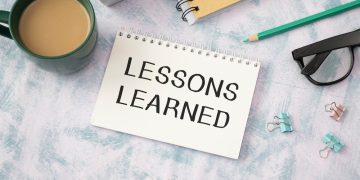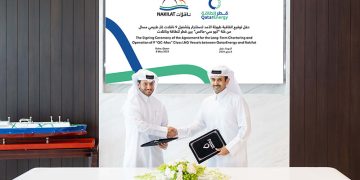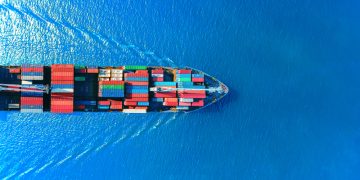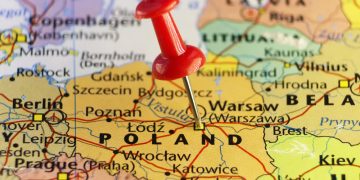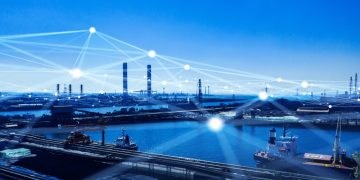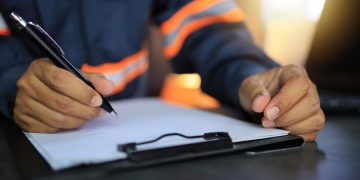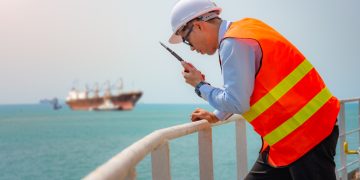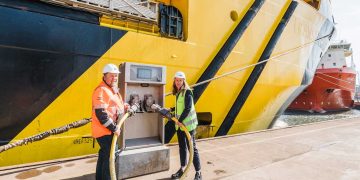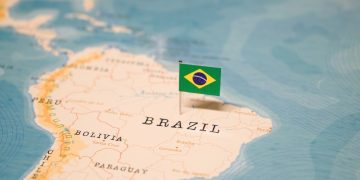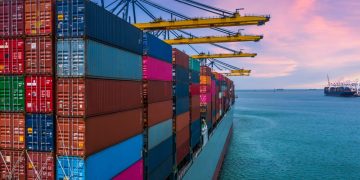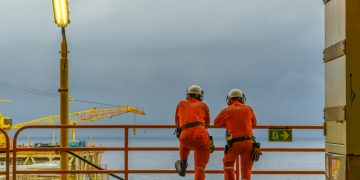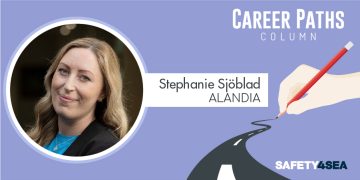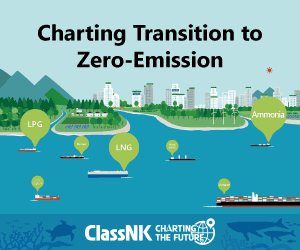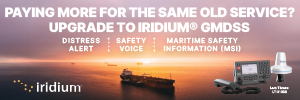Air pollution caused by ships plummets when vessels shift to cleaner, low-sulfur fuels
A study by NOAA New clean fuel regulations in California and voluntary slowdowns by shipping companies substantially reduce air pollution caused by near-shore ships, according to a new NOAA-led study published online in Environmental Science & Technology.The study examined a container ship operating under a 2009 California regulation requiring that ships switch to low-sulfur fuels as they approach the California coast, and also adhering to a voluntary state slowdown policy, intended to reduce pollution. The research team found that emissions of several health-damaging pollutants, including sulfur dioxide and particulate matter, dropped by as much as 90 percent.The container ship Margrethe Maersk, operated by the Maersk Line, steams toward California in May 2010. NOAA researchers and collaborators studied the ship's emissions in detail from a research aircraft (from which this photo was taken) and a research ship. The team found that as the container ship shifted to low-sulfur fuels and slowed down near the coast, air pollution emissions plummeted, with some pollutants dropping by as much as 90 percent.Findings of this study could have national and global significance, as new international regulations by the International Maritime Organization require vessels to switch to lower-sulfur fuel near U.S. and international coasts beginning in ...
Read more



